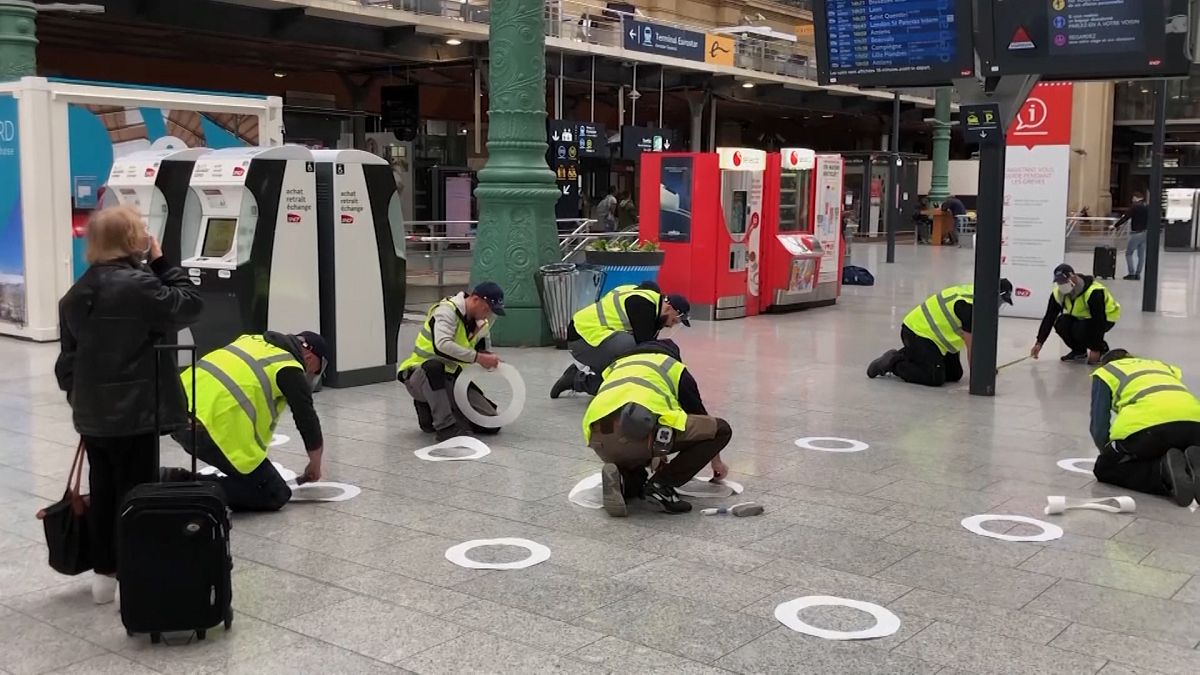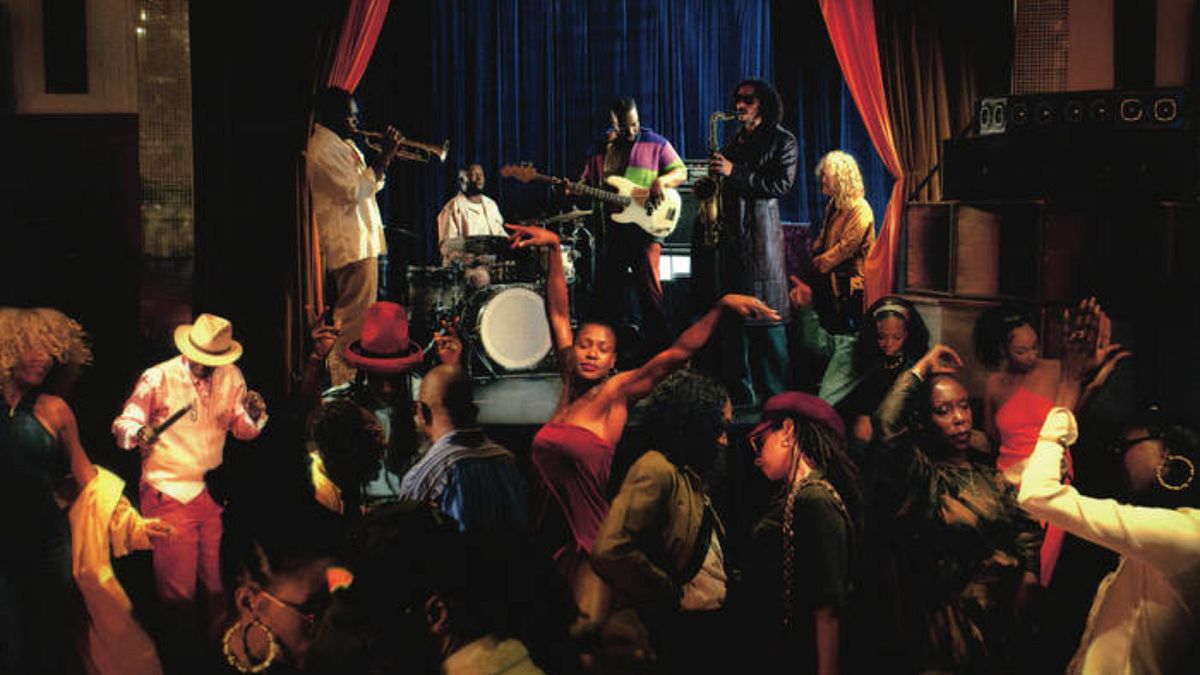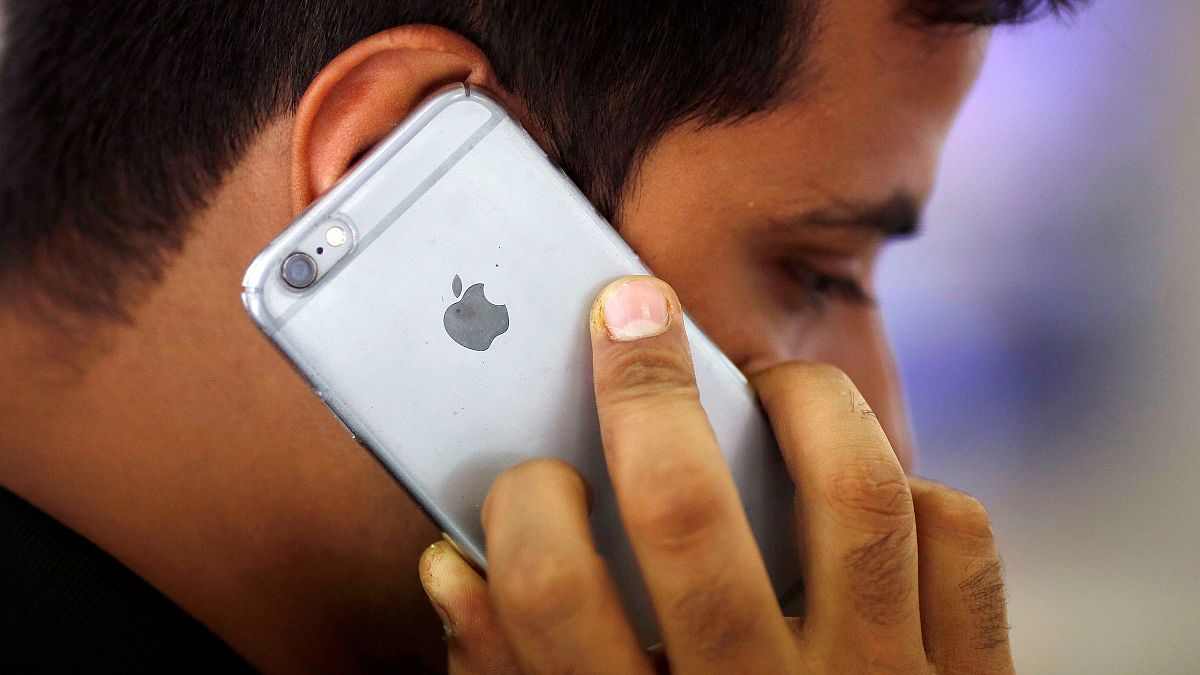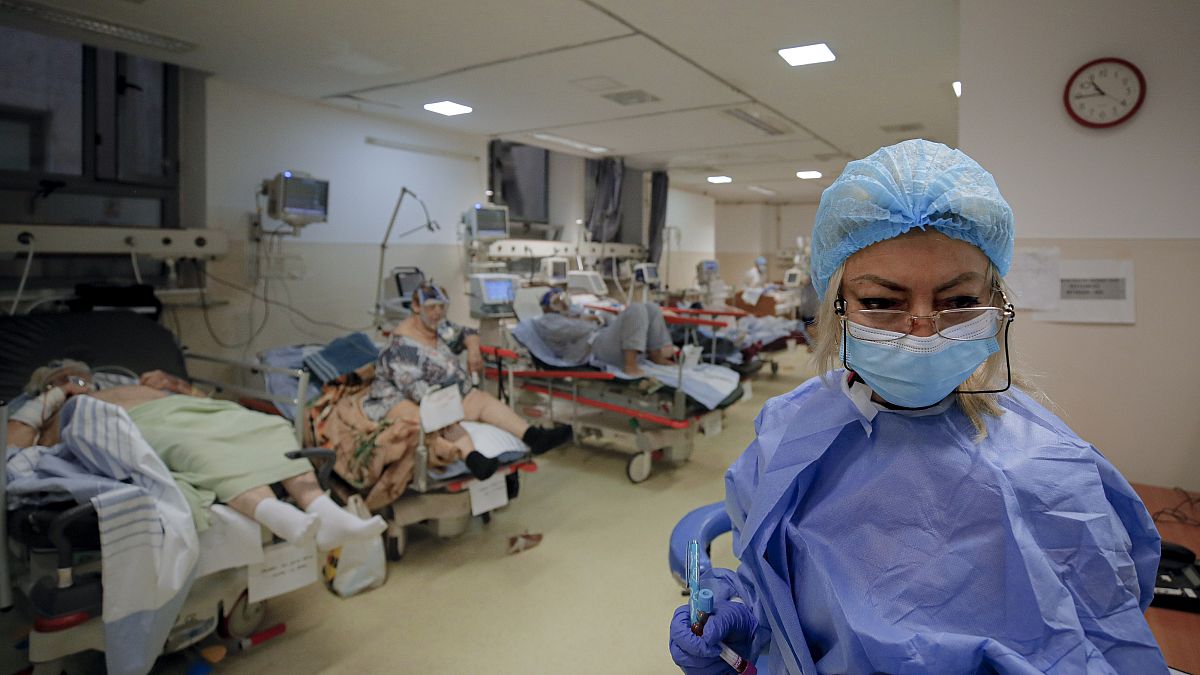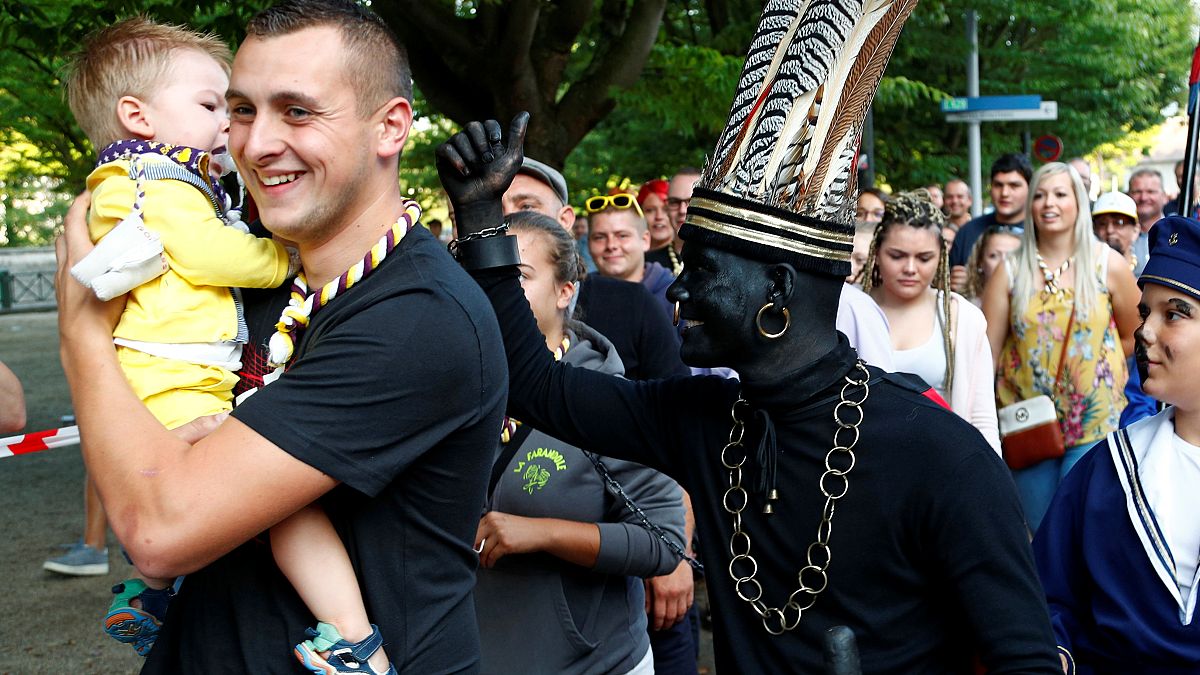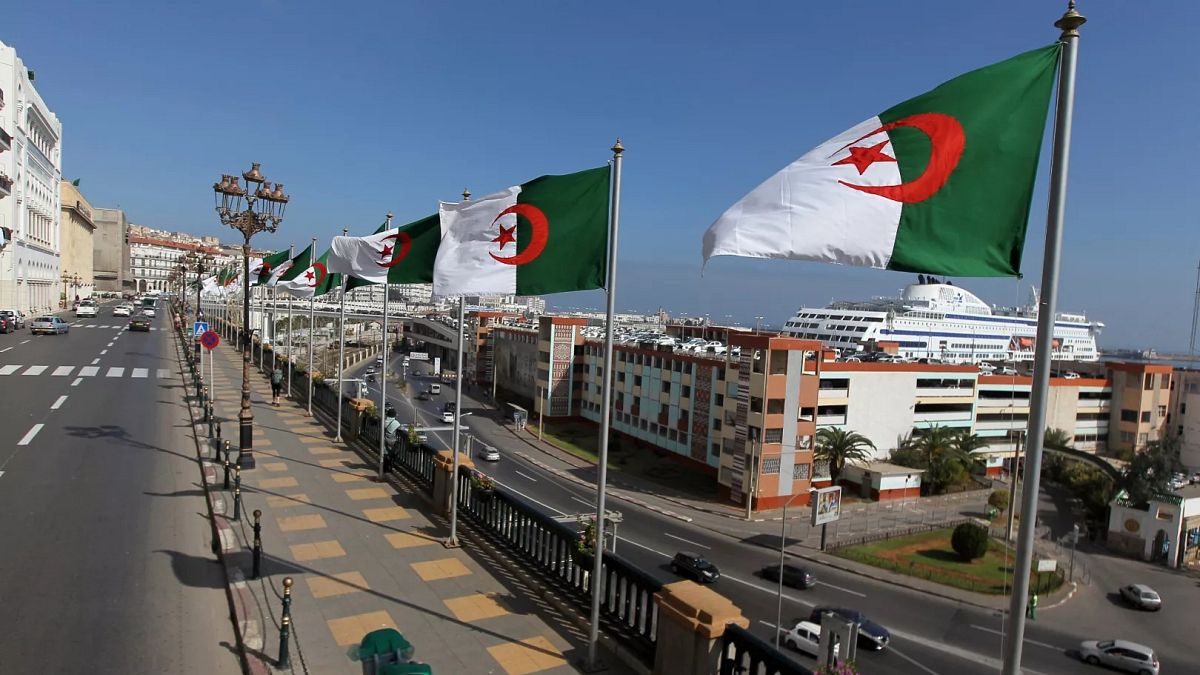公開日
この記事をシェアする
サファリアーティストのグループは、ナミビアのナ・アン・クセ動物保護区で、陸上最速の動物であるチーターの静物画を制作する特権に恵まれました。
サファリアーティストのグループは、ナミビアのナ・アン・クセ動物保護区で、陸上最速の動物であるチーターの静物画を制作する特権に恵まれました。
アーティストたちはリュックサックにイーゼルを背負い、アートサファリのためにアフリカ南部の主要な動物保護区や国立公園を探索し、絵を描くために長距離を旅しました。
サファリアート:ツアーアーティストが「被写体」に近づくことを許可https://t.co/2DFmZQnhRepic.twitter.com/mYZ2nZl5qQ
— CCTVアフリカ(
cctvnewsafrica) <a href="https://twitter.com/cctvnewsafrica/status/737693937272557568">31 mai 2016</a></blockquote> <script async src="//misayo.work/news/minako//platform.twitter.com/widgets.js" charset="utf-8"></script> <b></b>Mary-Anne Bartlett is an art safari tutor: "When you're sketching you're collecting a moment of time. You're sitting in an environment and you become part of that habitat. And the animals will often walk into the scene. And that's a phenomenal feeling – rather than feeling as if you're chasing things." <b></b>For the artists it is a unique and challenging environment. <b></b>Paul Hazeldine is a Safari Artist:"About ten years ago – I'd been doing lots of over-landing, going with all these safaris, and they gave you less and less time to stop. It was almost like a race to get a photograph. And I came across Mary-Anne in one of her shows – she just stood there painting. And it's one of these cases – I'd never painted since school, so it's like 20, 30 years with never painting, and I thought, it's interesting." <b></b> <blockquote class="twitter-tweet"tw-align-center data-lang="fr"><p lang="en" dir="ltr">Spaces still available on my 2016 Zambia Art Safari Workshop <a href="https://t.co/TjIN9njd1h">https://t.co/TjIN9njd1h</a> <a href="https://t.co/8UQgnJ3MCZ">pic.twitter.com/8UQgnJ3MCZ</a></p>— Nick Mackman (ニックマックマン)2016 年 5 月 26 日
次に紙に委託されるのは絶滅危惧種のシロサイです。
旅行に参加した人々は、芸術家と動物の間には独特のつながりがあると言います。
サファリアーティストのフラン・ウィリアムズは次のように説明しています。「座って動物の絵を描くと、実際にその魂を覗く機会があるとどこかで読んだか、そう言われました。おそらく20分、30分ほど座ってサイの絵を数回描いてみたところ、これは非常に真実であり、すべての動物に当てはまると確信しています。」
アート サファリは、伝統的な芸術的背景の有無にかかわらず、あらゆる年齢層に開かれています。

